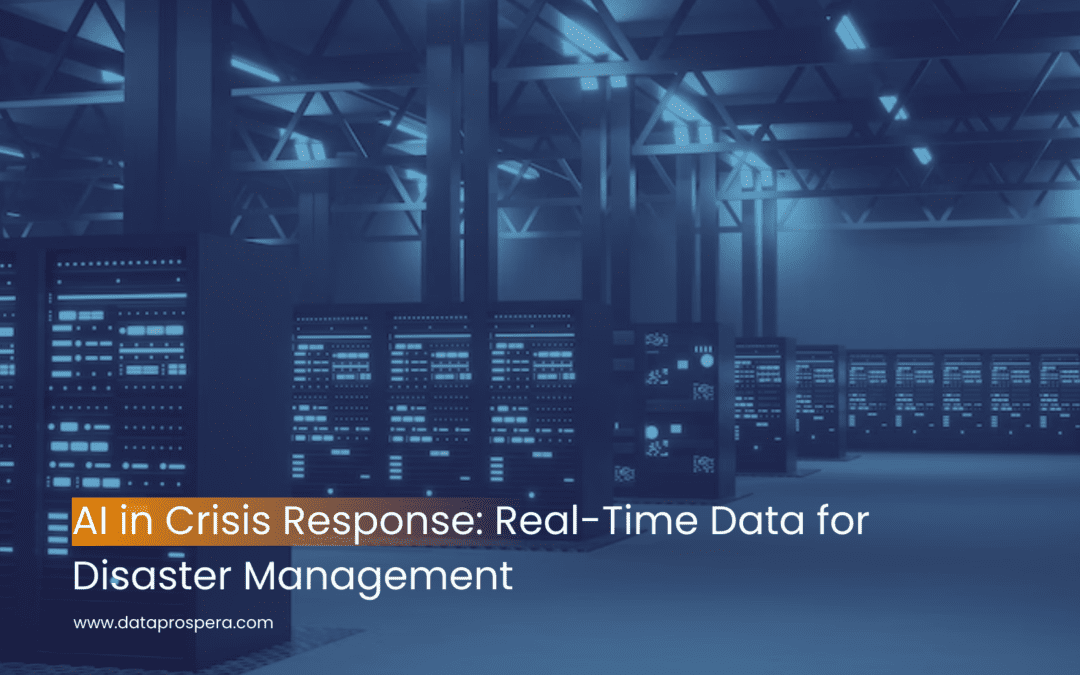In today’s digital-first world, data centers serve as the backbone of nearly every industry, from finance and healthcare to government and logistics. With this critical role comes the increased risk of cyber threats, operational disruptions, and system vulnerabilities. The growing complexity of threats demands more than traditional security tools—enter Artificial Intelligence (AI) and Big Data.
These technologies offer unprecedented visibility, speed, and predictive capabilities to protect data centers from a range of evolving threats.
The Challenges of Data Center Security
Modern data centers handle vast amounts of sensitive data and must operate with near-perfect uptime. The key threats they face include:
- Cyberattacks: Malware, ransomware, DDoS, and advanced persistent threats (APTs)
- Insider threats: Malicious or negligent behavior by employees or third-party vendors
- Infrastructure vulnerabilities: Misconfigurations, outdated software, and physical breaches
Traditional security systems often react after a breach has occurred. AI and Big Data flip the script by enabling proactive threat detection and response.
Real-Time Threat Detection with AI
AI-driven systems can analyze network behavior and traffic in real time. By applying machine learning algorithms, these systems learn what “normal” looks like and immediately detect deviations.
- Anomaly detection: Spot unusual data flows, access patterns, or login attempts
- Behavioral analysis: Monitor user and machine behavior to identify risks
- Threat intelligence: Incorporate external threat data to improve internal defenses
Big Data Enables Deep Insight
With enormous volumes of logs, metrics, and system alerts being generated every second, human analysis alone can’t keep up. Big Data platforms aggregate and correlate this information at scale, revealing patterns and trends that would otherwise go unnoticed.
- Unified visibility across systems and environments
- Correlation of events for faster root-cause analysis
- Historical analysis to predict future risks
Predictive Risk Management
Combining Big Data with AI allows organizations to anticipate threats before they materialize. Machine learning models trained on historical data can:
- Identify early indicators of compromise (IOCs)
- Forecast attack paths or vulnerable entry points
- Recommend preventive actions and patches
Automated Response and Orchestration
AI doesn’t just detect threats—it can also initiate responses:
- Isolate infected systems to contain breaches
- Alert human operators with prioritized recommendations
- Auto-patch or reconfigure systems based on identified threats
These capabilities dramatically reduce the Mean Time to Detect (MTTD) and Mean Time to Respond (MTTR).
Use Case: Securing Hybrid Cloud Environments
Data centers increasingly rely on hybrid and multi-cloud architectures. AI and Big Data tools offer centralized control and visibility across these environments. They also help ensure compliance with regulations like ISO/IEC 27001, GDPR, or Indonesia’s PDP Law.
Challenges to Consider
Implementing AI and Big Data for data center security isn’t without its hurdles:
- Data privacy and governance
- Model accuracy and bias
- Integration with legacy systems
- Skilled workforce availability
Organizations must address these challenges to unlock the full potential of intelligent security.
Conclusion
AI and Big Data are transforming data center security from reactive defense to intelligent offense. By enabling real-time detection, predictive insights, and automated mitigation, they empower businesses to safeguard their most critical infrastructure in an increasingly hostile digital landscape.
Investing in these technologies is not just about protection—it’s about resilience, compliance, and business continuity in a data-driven world.


Recent Comments